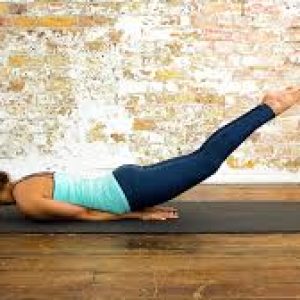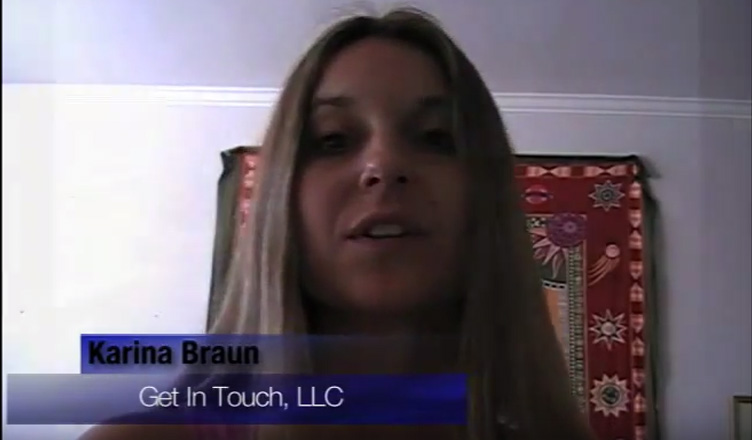The seven major energy centers are located in the energy body from the top of the head to the lower torso. These energy centers connect to major nerve ganglia and are called chakras. Chakras transmit energy and are like whirling vortices. A chakra that is spinning too fast or too slow is not in balance. A balanced chakra is in harmony when it spins at an appropriate rate relative to the others and takes only the energy it needs. Chakras reflect the physical, mental, and spiritual parts of a person.
It is important to work with these postures to release energy blockages and balance the chakras. Each posture will assist in releasing anxiety, relaxing the mind and body, and renewing the physical body.The Root Chakra (First Chakra)– is connected with physical needs and basic human survival. It has the lowest vibrational rate of all chakras and resonates to the color red. A link between this chakra and gravity is strong. Mastering the root chakra enables one to have a fit, healthy body as one travels upward through the chakras.
Chakra Too Open (chakra spins too fast) – bullying,over-materialistic, self-centered, engages in physical fool-heartedness.
Blocked (chakra spins sluggishly or not at all) – emotionally needy, low self-esteem, self-destructive behavior, fearful.
Balanced (charka maintains equilibrium and spins at correct vibrational speed) – demonstrates self-mastery, high physical energfy, grounded, healthy.
Associated color – Red
Element – Earth
Development age – 1 to 8 years
Essential oils – Cedarwood, Patchouli, Myrrh, Musk, Lavender
Crystals – Agate, Bloodstone, Tiger’s Eye, Garnet, Ruby, Hematite, Onyx, Smokey Quartz
Yoga Posture – Bridge pose
Meditation – Focus on smooth motion of chakra and picture warm, red color through body and flowing through your feet.
Affirmations – I am taking responsibility for my life. I can cope with any situation.
Locust Pose
This pose looks like a locust in the resting position. Locust Pose helps to release tension from the lower abdomen, legs and feet.
Locust is a powerful yoga posture. Start by lying on your stomach with your chin on the floor, arms beside the body with your palms facing up. Inhale and lengthen your feet and legs behind you. Exhale releasing stress and tension. On your next inhale, lift both legs up and traction the legs away from the torso. Hold, exhale, and let your legs release to the floor. Repeat three times and on the last pose, relax with your forehead resting onto your hands.
Allow the inhalation and exhalation to be felt in the abdomen, breathe slowly and deeply as you focus on the energy of the root chakra. Feel the energy being directed to the root area of your body. Kegel exercises, Head to Knee Pose, and any relaxation exercises will help bring energy to this chakra. The first chakra is where you understand the physical body and heal it. You must accept your body, feel it, and love it. A first chakra that is functioning well will give you power and inner strength. It grounds you, which brings a sense of stability to your life.



